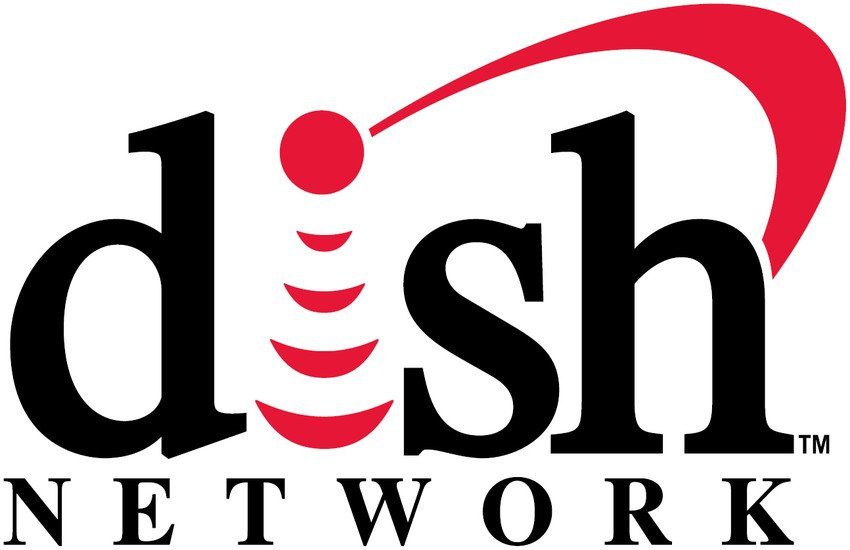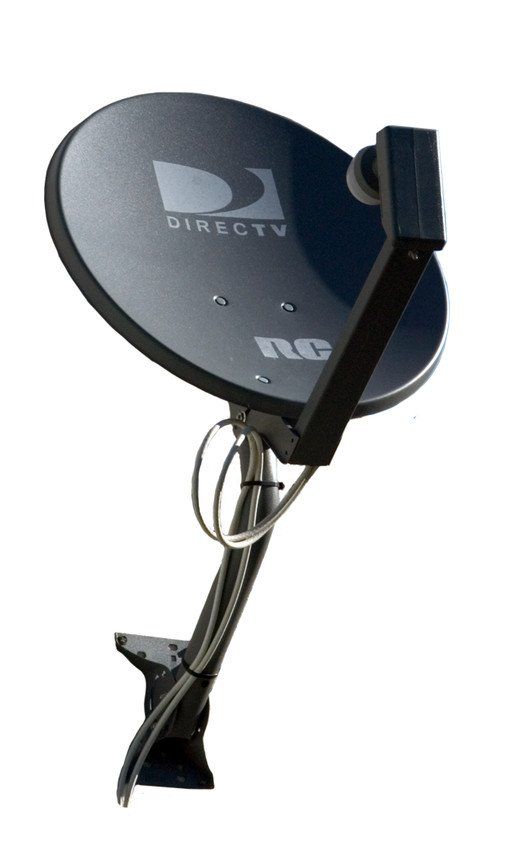Antenna Services
Free Phone Estimates | Manufacturer Warranties | Fully Insured
Free Phone Estimates
Manufacturer Warranties
Fully Insured
You Can Benefit With An Antenna
You might think that having an HDTV antenna is irrelevant if you subscribe to cable or satellite. Some owners of high-end systems, however, complain that the signals coming from their provider aren't giving them the picture quality they expected. This is due to compression algorithms used by cable and satellite providers to squeeze more channels into their allotted bandwidth. The compression of these local channels often results in a picture that is cut and has less detail than what the corresponding over-the-air broadcast signal transmits.
It is best for videophiles, who have already spent a great deal of time and money on their home-theater systems, to invest in a top-of-the-line HDTV antenna. In cases of dangerous weather, antennas are also a great backup. Most often the cable signal drops out or the satellite system fades due to rain, snow, or other factors, but with a TV antenna, you can watch local news and get the latest forecast in high-definition. An antenna will provide service to a secondary TV in houses where cable or satellite are not distributed.
Call Antenna Time LLC today for more information.
The History of Antennas
The conventional wisdom for 70 years was that manufacturers know all there is to know about antenna physics - and that there are no new ways to make antennas more powerful, efficient, or compact. In 2003, Antennas Direct challenged the idea by creating the most powerful antennas on the planet.
Until now, the TV antenna industry is one of the few areas of modern technology that has remained relatively unchanged. A long time back, a large rooftop antenna was seen as a status symbol. Whereas today, smartphones, tablets, and GPS units have conditioned consumers to expect reliable wireless services in very small packages. Along with the switch in 2007 from analog to digital signals, these dramatic changes in technology and consumer preferences have created a high demand for quality, over-the-air, digital TV antennas.
In recent years, two very important things have happened that affected the future of over-the-air television reception. First, bringing perfect over-the-air HDTV to tens of millions of Americans without the need for cable, the nation’s TV broadcasters invested tens of billions of dollars in new HDTV transmitters. The image resolution of these is many times better than satellite or cable can offer. Second, antenna manufacturers have gained access to supercomputers developed by the military and computer-aided antenna design software. In the time it previously would have taken to create a single antenna, these tools offer the ability to create, simulate, and test thousands of different antenna geometries.
The designs for old, rooftop TV antennas are decades old and consist of a configuration in a horizontal “fishbone” style, with “arms” of varying lengths, the likes of which you have probably seen on Wikipedia. Although antenna research and engineering have seen radical advancements over the years, for economic reasons, manufacturers of television equipment have mostly stuck with these old designs.
Most digital are broadcast in UHF (ultra-high frequency) since the transition to digital signals. These signals are smaller than VHF (very high frequency) signals, which were the more common transmission method for analog television. VHF signals are broadcast on channels 2 to 13 and UHF signals are broadcast on channels 14 to 38.
Before choosing a digital HDTV antenna, it is important to know what frequency your favorite TV stations are transmitting on, as some manufacturers are still selling old antenna designs. Choosing an old antenna design could cause reception problems since they are not built to receive the digital frequencies used today, which have "reflected signals", also known as multipath distortion. When signals have more than one path between the receiving TV antenna and the tower transmitting the broadcast, multipath distortion occurs.
Providing Dish Installation Since 1968
Call us today for a FREE estimate!
(732) 661-1773







Share On: